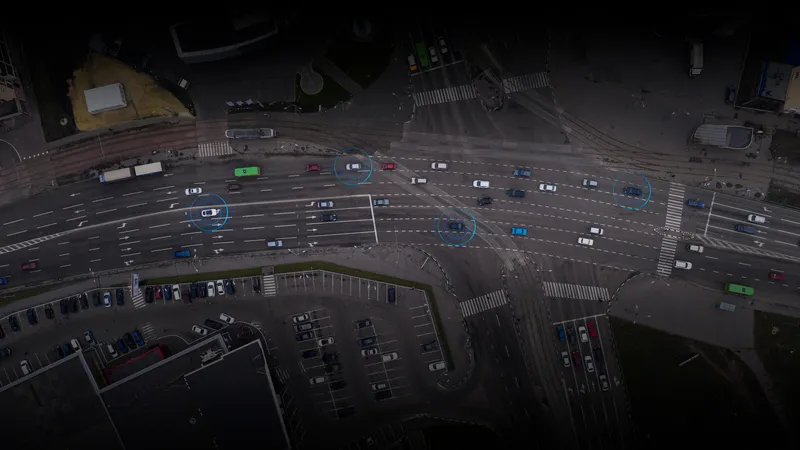Qualcomm subsidiary, Qualcomm Technologies, has expanded its automotive technology portfolio to provide a collection of industry-leading technologies enabling timely innovation across all tiers of the automotive industry through highly integrated solutions in the areas of telematics and connectivity, as well as high definition graphics and multimedia for rich infotainment systems, machine intelligence and sensor fusion for advanced driver assistance systems (ADAS), GNSS location technologies, V2X (vehicle t
January 7, 2016
Read time: 2 mins
The recent acquisition of Cambridge Silicon Radio (CSR) has brought additional technology assets to Qualcomm Technologies’ automotive portfolio, including leading Bluetooth, wi-fi, audio and GNSS location technology solutions. The combined CSR and Qualcomm Technologies automotive roadmap has already yielded involvement in more than 100 major automotive programs with most global automotive OEMs. Qualcomm Technologies’ highly integrated system-on-chip platforms reduce bill-of-materials costs, accelerate time-to-market, and reduce overall system risk for OEMs by providing hardened systems and comprehensive software support.
“Qualcomm Technologies is well positioned in the automotive industry to offer our customers comprehensive solutions across a very broad range of technologies including telematics, connectivity, multimedia, location, compute, machine learning, imaging, safety, and control. This diverse and powerful portfolio of technologies allows us to offer highly integrated, scalable platforms for infotainment, telematics, connectivity, GNSS, machine intelligence, V2X communications and wireless electric vehicle charging,” said Patrick Little, senior vice president and general manager, automotive, Qualcomm Technologies.
Qualcomm will be demonstrating its automotive technology solutions at CES 2016 in Las Vegas.











